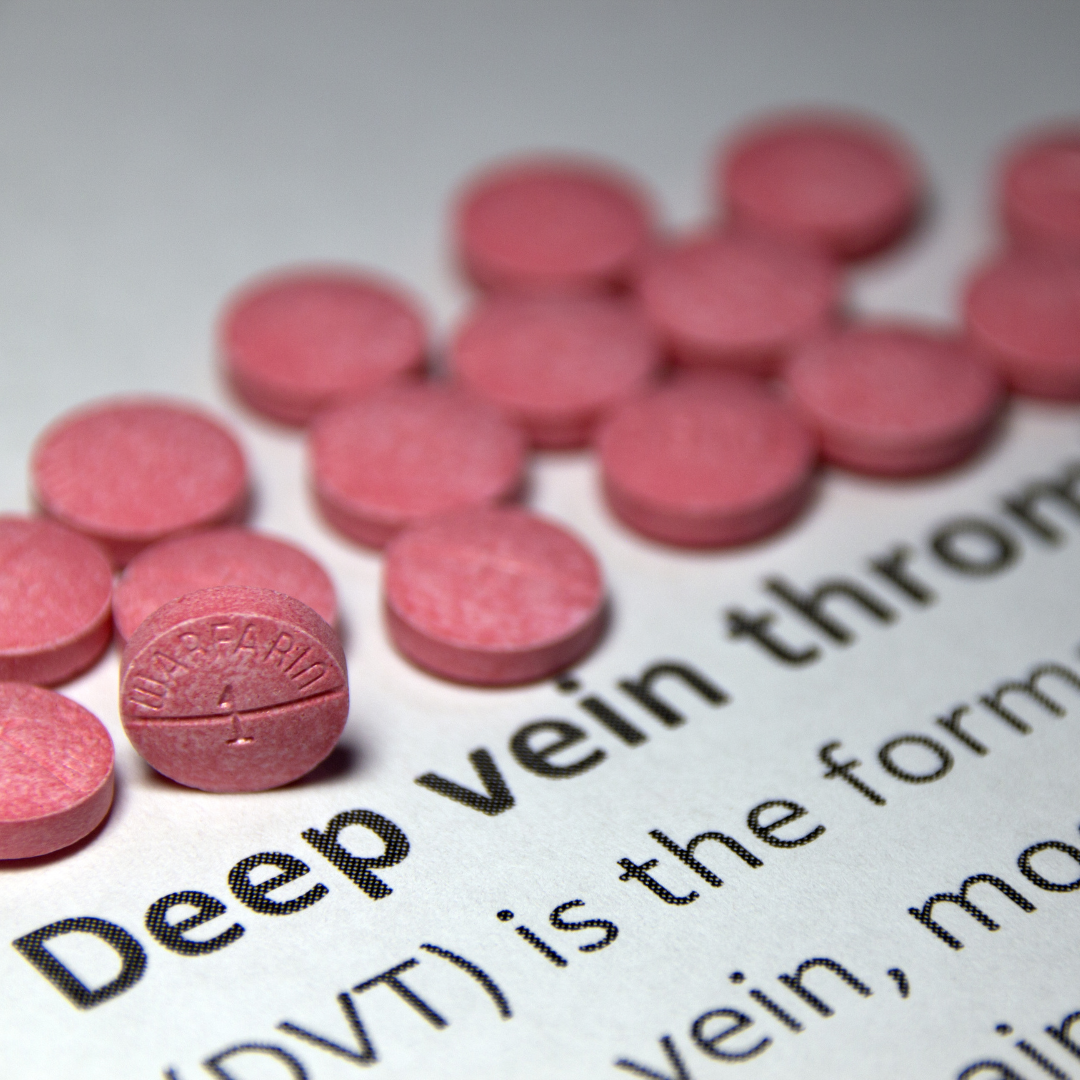
There are a number of conditions during pregnancy that are common, such as morning sickness and mild anaemia. Fortunately, however, deep vein thrombosis is a condition that can occur during pregnancy that is not common. You are at a higher risk of deep vein thrombosis while pregnant than others your age, so it’s something that is important to be aware of so that you can flag any warning signs or symptoms to your midwife or health practitioner so that you can get treatment quickly if required.
Deep vein thrombosis, also known as DVT, is a serious condition that can be life threatening, but some of the symptoms can be confused with common pregnancy symptoms such as swelling and discomfort in the legs, and varicose veins also have similarities.
What is deep vein thrombosis?
Deep vein thrombosis is a condition where a blood clot develops in a deep vein, usually in the leg. The clot is a danger to your health as it can block off blood flow to body parts, or it can break off and travel to the lungs where it causes something called pulmonary embolism, a condition that can potentially be fatal.
You might hear about it when going on a long haul flight where the risk is heightened due to a longer period than usual of inactivity. Pregnancy is another time when you have an increased risk of experiencing DVT due to less mobility, changing hormones, increased blood volume and changes in your blood vessels.
What is the difference between varicose veins and deep vein thrombosis?
Varicose veins and deep vein thrombosis are sometimes confused as they both concern the blood vessels in the legs and can occur during pregnancy. However, varicose veins are more common and far less threatening than DVT.
Varicose veins are enlarged and sometimes twisted blood vessels in the legs than might be seen through the skin. They may be uncomfortable, but they usually do not pose any risk to your health.
A frequently asked question about varicose veins is “can varicose veins cause deep vein thrombosis?” While having varicose veins does appear to increase your risk factor of developing DVT, they don’t directly cause it.
What are the symptoms of deep vein thrombosis?
The NHS advises that if you experience any of the following symptoms, you should immediately contact your midwife, GP or call 111:
- Pain, swelling or tenderness in 1 leg. This may worsen when you walk and is usually in the lower leg at the back.
- Warm skin or a heavy ache in the area.
- Red skin, particularly below the knee on the back of the leg.
DVT does not always have symptoms.
What is the treatment for deep vein thrombosis?
If you are diagnosed with deep vein thrombosis during pregnancy, you will be advised on treatment quickly. This is usually in the form of heparin injections which halt the clot’s growth to allow your body to be able to dissolve it better. The injections also work as a preventative for future clots while you are pregnant as they continue throughout your pregnancy and usually in the 6 weeks following the birth of your baby.
You will also likely be advised to stay active, with a good level of movement and walking. Your midwife will be able to advise you on exercise, but we have some ideas here too. It may also be recommended that you wear compression stockings to prevent clots, that you stay well hydrated and avoid travel where you will be inactive for over 4 hours.
Sources and more information:



